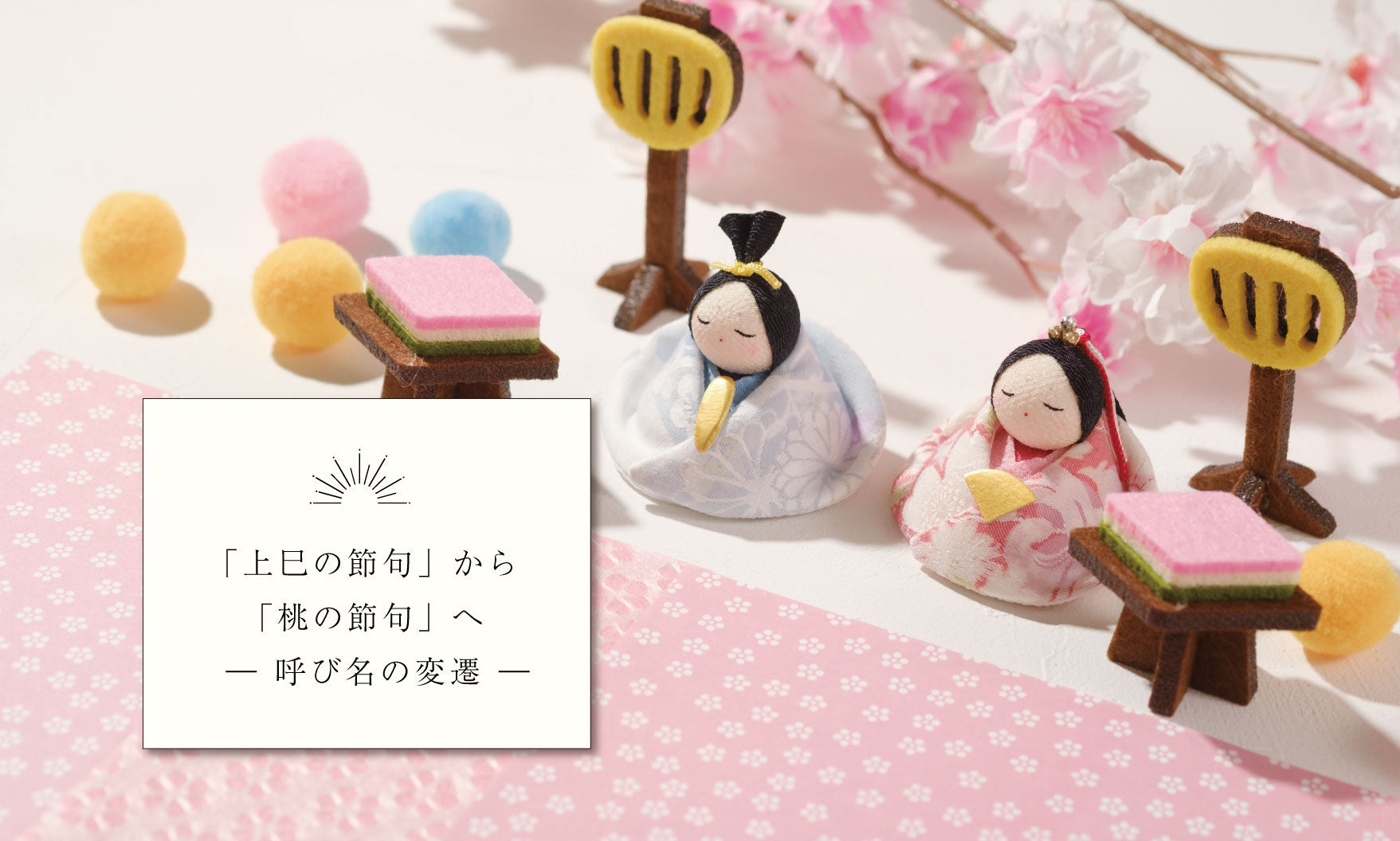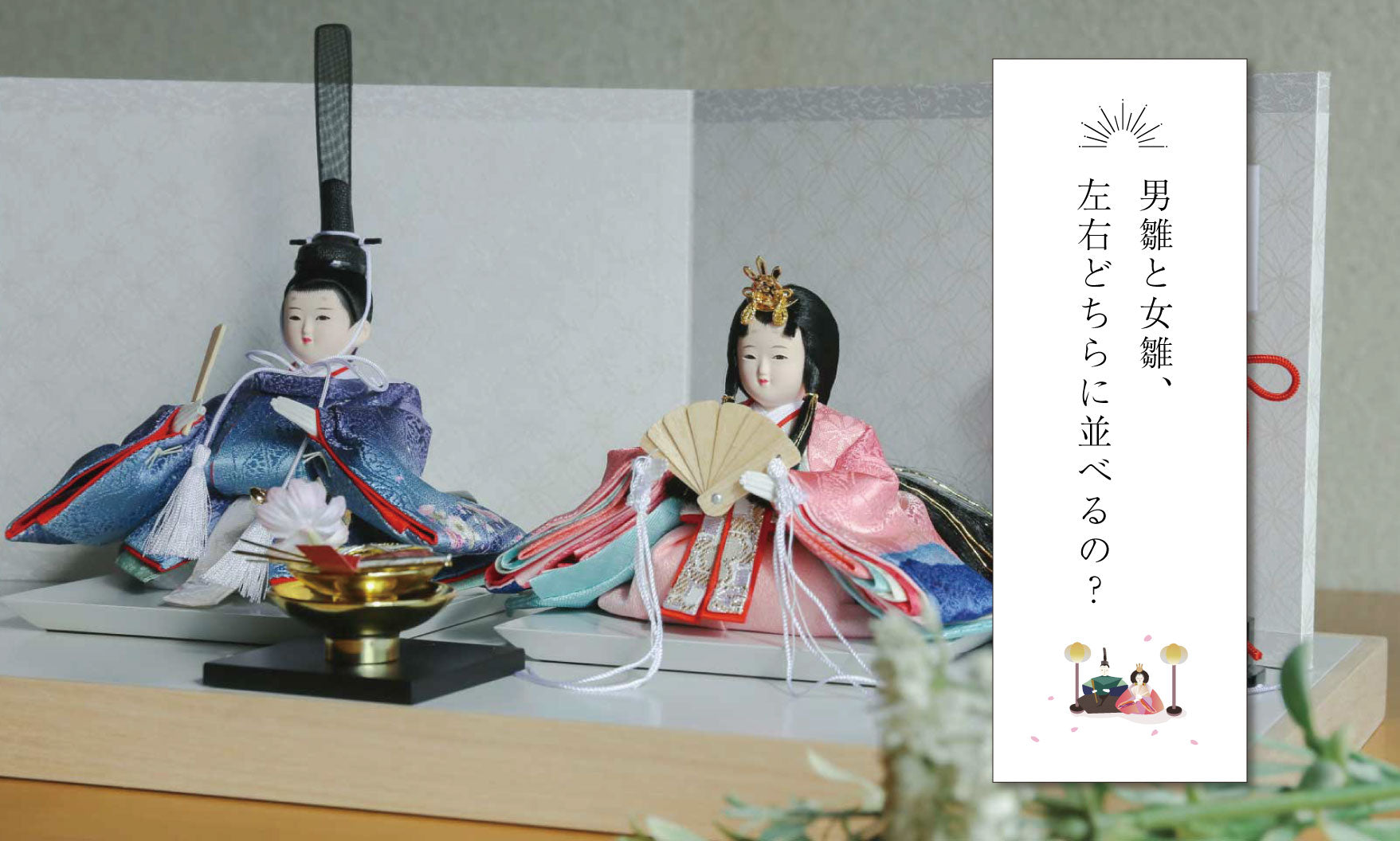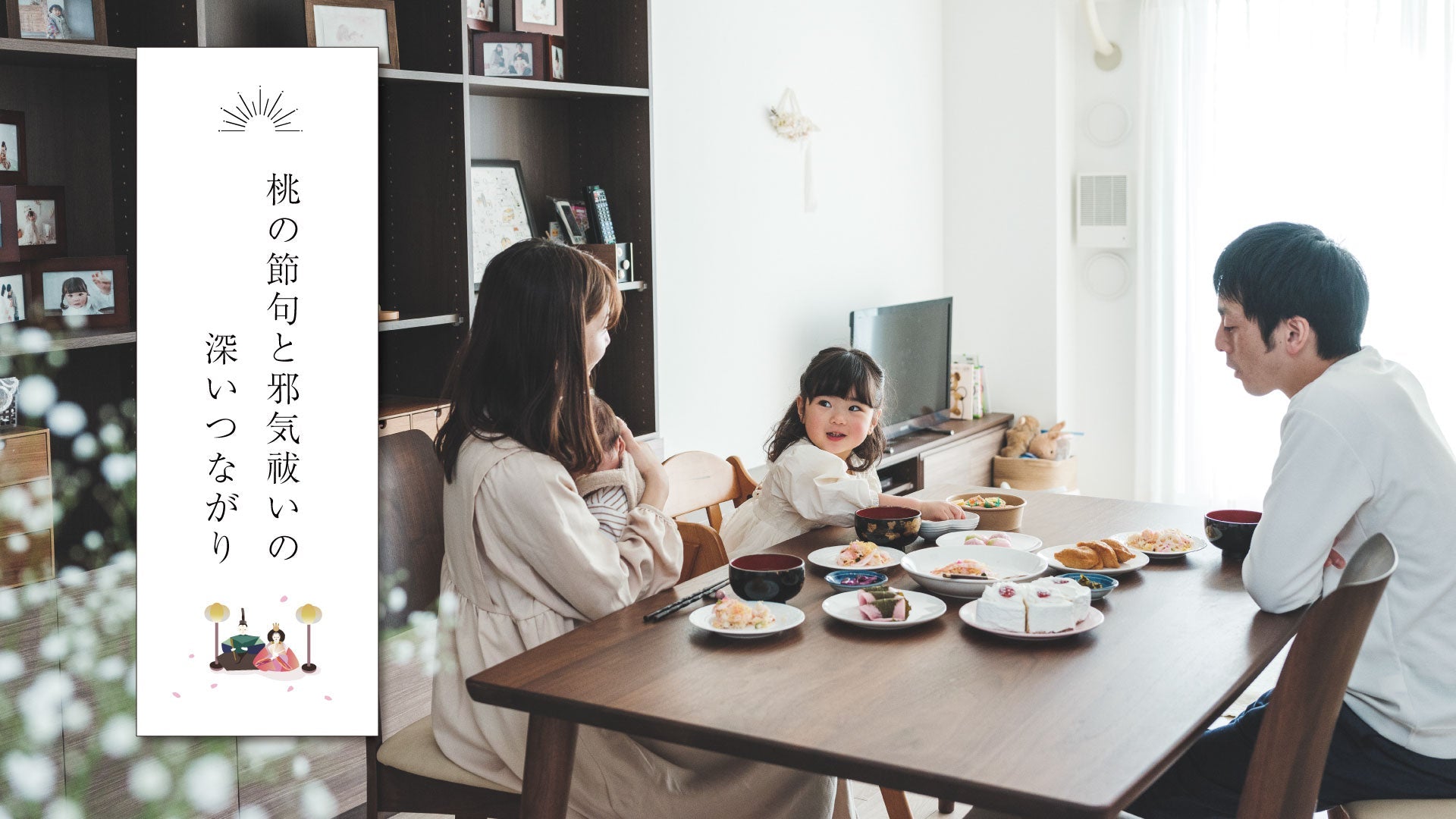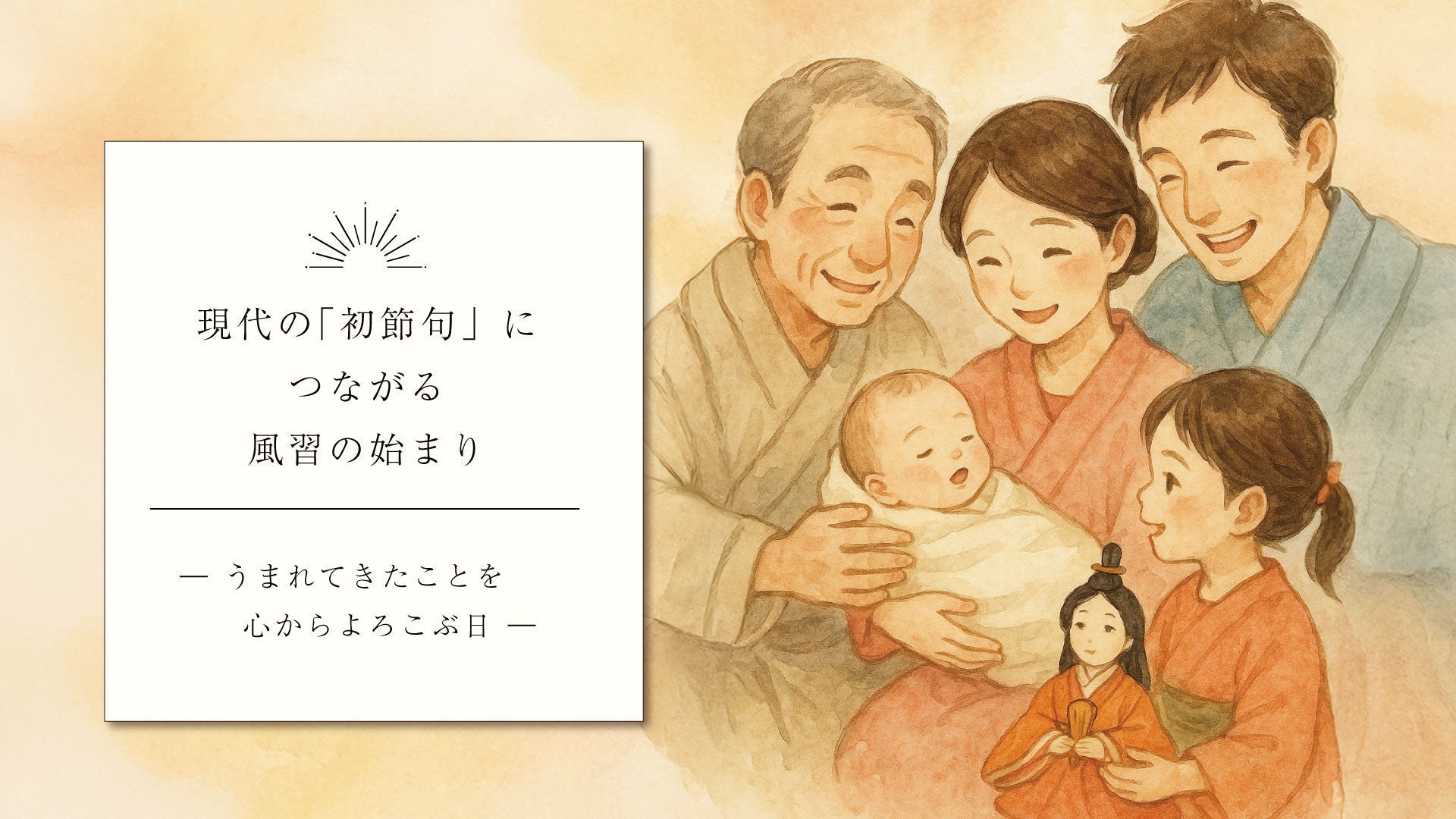As the ancient Chinese calendar and customs were introduced to Japan and became established as the "Five Seasonal Festivals," March 3rd was called "Joshi/Joumi Festival."
"Joshi" originally meant the first snake day in March . The date was later fixed and became the current "March 3rd."
On this day, with the arrival of spring, it was said to be a time when evil spirits were more likely to enter the body , and so a ritual called "misogi" was held in which people would purify themselves in the river or transfer their impurities to a doll and then let it flow away.
These customs eventually developed into something uniquely Japanese, and continued to flourish through cultures such as "Nagashibina" (Flowing Dolls) and "Hina-asobi" (Hina Doll Play).

■ Why it came to be called the Girls' Festival
So why did the "Joshi Festival" come to be called the "Peach Festival"?
This is the season when peach blossoms bloom ,
It was also believed that the peach blossom itself had the sacred power to ward off evil spirits .
Peaches also appear in ancient Chinese mythology and the Yin-Yang and Five Elements philosophy as symbols of longevity and protection from evil .
Similarly, in Japan, peach blossoms have been loved as flowers that bring spring happiness and ward off evil .
Due to this background, the Jōshi Festival eventually came to be known by the more familiar name of Peach Festival , a custom that has been passed down to the present day.

■Cultural overlap reflected in name changes
The change in name from "Joshi no Sekku" to "Momo no Sekku"
This shows that Japan's sense of the seasons and view of nature overlap with annual events that originated in China .
Its form and meaning have changed; it is no longer an event to fear only disasters, but a gentle and warm festival to celebrate and pray for the arrival of spring and the healthy growth of girls .







